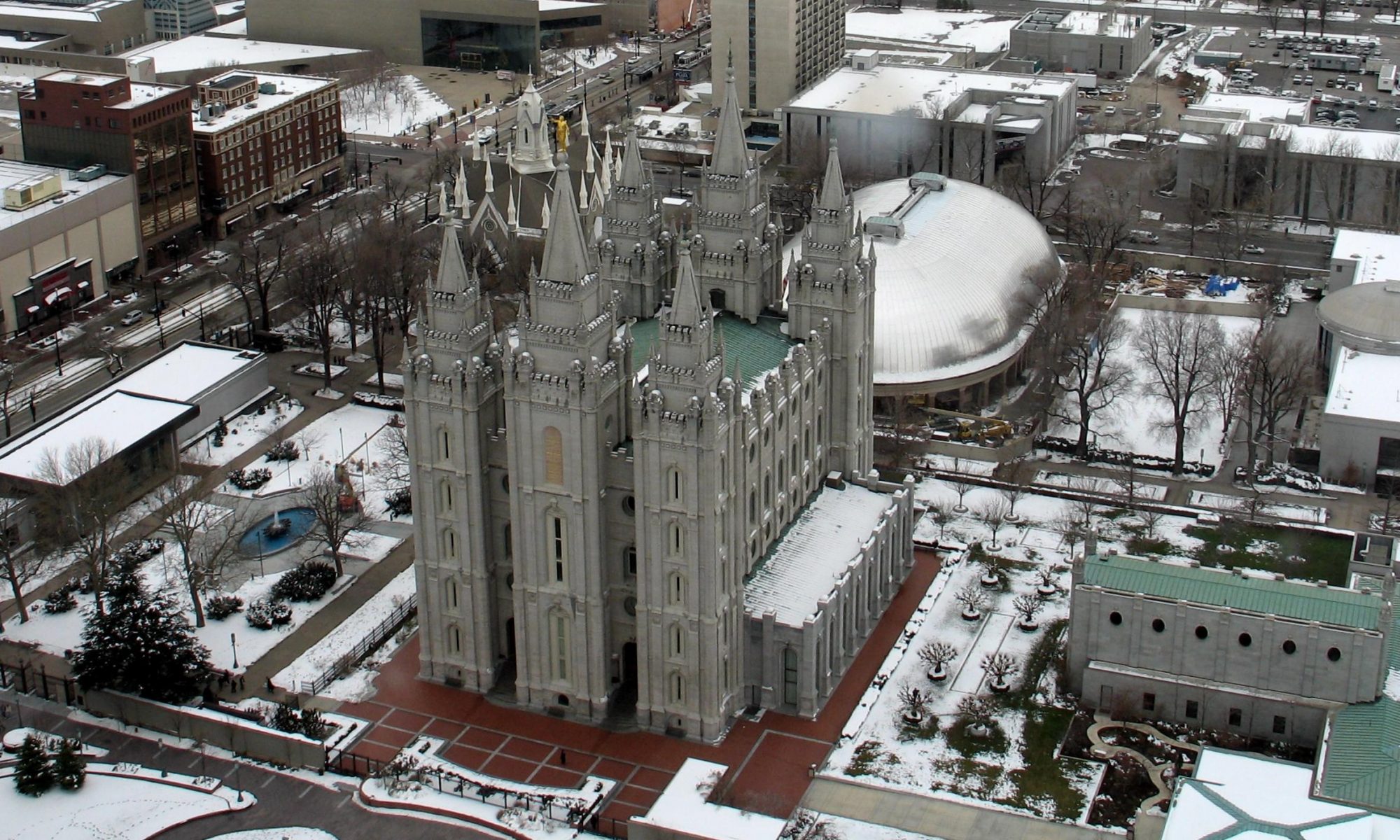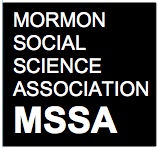Q: I was wondering if you could point me to the right place to find out research done or being done on LDS singles who are over the age of 30. I would like to specifically find out the following information:
- How many LDS singles over 30 remain active
- At what age most singles tend to become inactive
- How many males remain active versus women over the age 30 (single versus married)
I would like to find out more information but these three questions are most pressing. I attempted to contact the church office building but they said the statistics where confidential so I am looking for studies in the public domain. They did tell me that “pretty much if your over 30, single and male your inactive.” One bishop at a singles conference I went to said that between the age of 30 and 34, 50% of singles become inactive, but I am not sure if I am allowed to quote him on that. I am still trying to contact him. If you have any ideas or can be of assistance please let me know.
A: You are right that the data the LDS Research Division has on singles over 30 is confidential. However, I (Ryan T. Cragun) have it on good authority (I cannot reveal my sources) that it is not accurate to say, “pretty much if you are over 30, single, and male, you are inactive.” My confidential source said that it would be more accurate to say it like this, “If you are over 30, single, and male you are less likely to be active than females in the same demographic.”
Rick Phillips, the current President of the MSSA, did a little searching of numbers in a large, publicly available data set (the General Social Survey or GSS), and found some information relevant to your question.
From the General Social Survey, it is clear that married LDS over 30 attend church much more frequently than those who are not married (i.e. divorced, never married, widow[er]). This is demonstrated in the first table. The unmarried are three times as likely to say they never attend church as the married. These results are not surprising and conform to a wealth of findings about activity in other Christian faiths.
| Married | Not Married | |
| Never | 6.3% | 17.4% |
| Less than 1/month | 18.9% | 22.7% |
| At least 1/month but lt 1/week | 15.1% | 22.7% |
| 1/week or more | 59.7% | 37.1% |
When broken down by gender, the positive effects of marriage remain, but married or not, women attend more than men.
| Married | Not Married | ||
| Males | Never | 7.8% | 28.2% |
| Less than 1/month | 23.5% | 12.8% | |
| At least 1/month but lt 1/week | 15.0% | 28.2% | |
| 1/week or more | 53.6% | 30.8% | |
| Females | Never | 4.8% | 12.9% |
| Less than 1/month | 14.5% | 26.9% | |
| At least 1/month but lt 1/week | 15.2% | 20.7% | |
| 1/week or more | 65.5% | 39.8% |
I also broke the data down by age category to try and answer the question of when single LDS fall away. These conclusions should be taken with a grain of salt because some cells had very few cases, but it appears that single 30-39 year old Saints are a little more likely to be weekly attenders than 40-49 or 50-59 year olds. They are also less likely to say they never attend.
| Church attendance (frequency) | ||||
|
Age |
Never |
Less than 1/month | At least 1/month but lt 1/week | 1/week or more |
| 30 – 39 | 10.5 | 26.3 | 21.1 | 42.1 |
| 40 – 49 | 22.7 | 4.5 | 40.9 | 31.8 |
| 50 – 59 | 19.0 | 23.8 | 28.6 | 28.6 |
| 60+ | 19.6 | 27.5 | 13.7 | 39.5 |
A couple more members of the MSSA offered some suggestions. Armand Mauss said,
David Knowlton also suggested that you contact a researcher working on this topic who is currently at UVSC,
Jason Singh has been researching the issue of LDS disaffiliation for his M Phil thesis in sociology at Oxford and probably has some data on this. He is currently teaching here at UVSC and is contactable through the behavioral science department.

